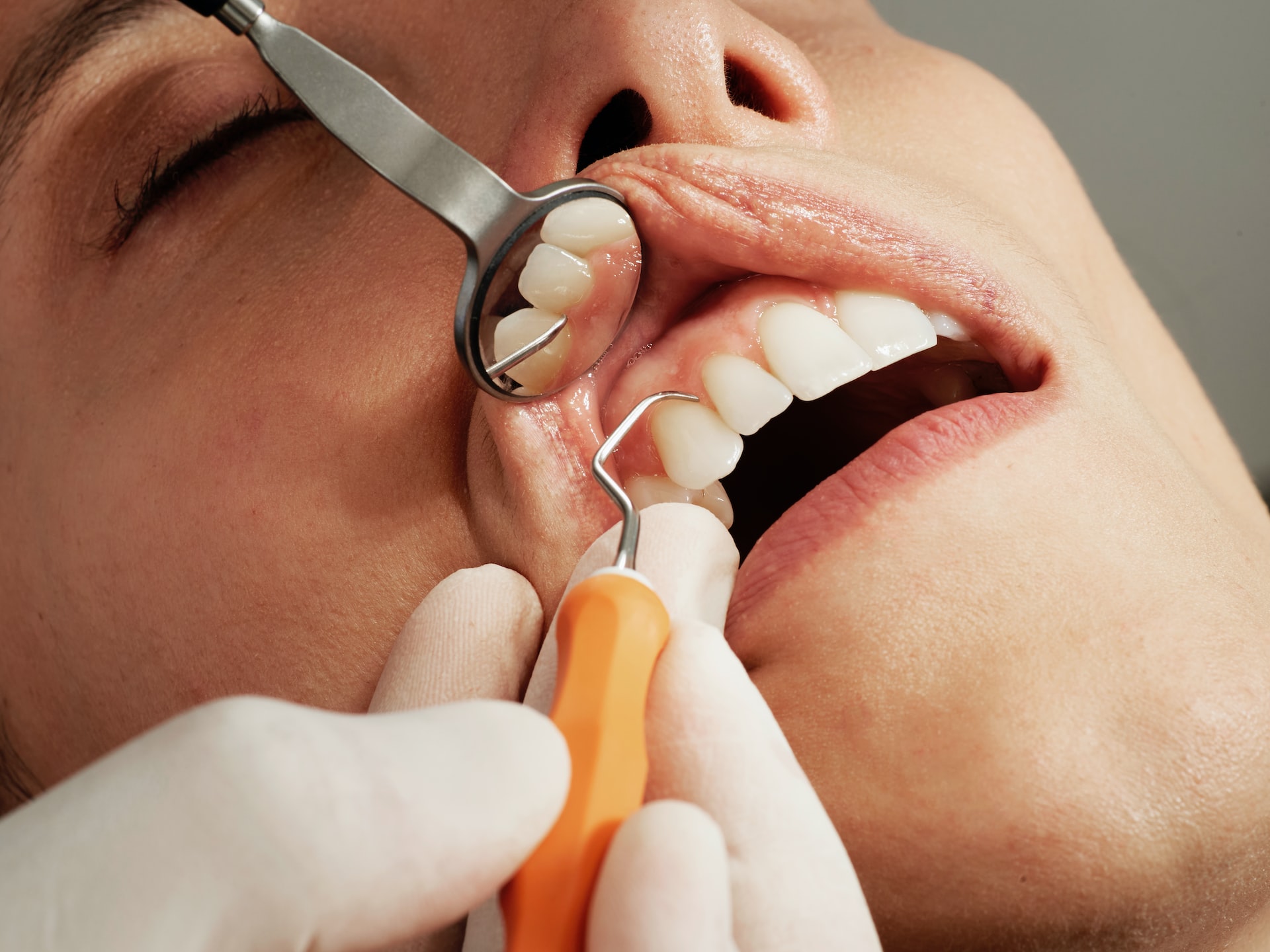Caries, commonly known as cavities, is a widespread oral health issue affecting millions of people globally. It is a progressive disease that begins as a tiny, microscopic hole on the surface of the tooth and can grow into a large cavity if left untreated. This article explores the science of caries progression and how cavities form and spread.
The Causes of Caries
Caries are caused by the accumulation of dental plaque, a sticky film of bacteria that forms on the teeth. The bacteria feed on sugar and produce acid as a byproduct. Over time, this acid erodes the enamel, the hard outer layer of the tooth, creating a tiny hole. If the hole is not treated, the acid will continue to eat away at the tooth, eventually reaching the softer, inner layer called the dentin. The dentin is much more sensitive and vulnerable to decay, which can result in a painful cavity.
Stages of Caries Progression
Caries can be classified into three stages: incipient, rampant, and arrested.
Incipient Caries
This is the earliest stage of caries and is often referred to as “hidden caries.” At this stage, the enamel has been slightly weakened but has not yet broken down. The cavity is not yet visible to the naked eye and can only be detected using dental X-rays or special instruments. If detected early, incipient caries can often be treated with a fluoride treatment or a simple re-mineralization process.
Rampant Caries
This is the stage at which caries have broken through the enamel and is now visible on the surface of the tooth. At this stage, the cavity will continue to grow and spread if left untreated. If detected early, a filling can often be used to stop the progression of the disease.
Arrested Caries
This is the stage at which the progression of caries has been stopped, either through treatment or the body’s own natural defenses. At this stage, the cavity will not get any worse, but it will not get better on its own.
Treatment of Caries

The most common treatment for caries is the placement of a dental filling. The dentist will remove the decayed portion of the tooth and replace it with a filling material such as amalgam, composite resin, or glass ionomer cement.
In some cases, silver diamine fluoride uk (SDF) can be used as an alternative to a traditional filling. SDF is a liquid that is applied directly to the cavity. The silver component of the solution helps to kill the bacteria, while the fluoride helps to strengthen the tooth. SDF is becoming increasingly popular in the UK, particularly for treating cavities in young children and older adults who may have difficulty undergoing traditional dental procedures.
Conclusion
Caries is a progressive disease that begins as a small hole on the surface of the tooth and can grow into a painful cavity if left untreated. Understanding the causes and stages of caries progression is crucial for early detection and effective treatment. If detected early, incipient caries can often be treated with a simple re-mineralization process or fluoride treatment. Rampant caries require a dental filling to stop its progression, while arrested caries cannot be reversed but will not get any worse. Silver diamine fluoride is an effective alternative to a traditional filling and is becoming increasingly popular in the UK. By understanding the science of caries progression, dental professionals can help their patients maintain good oral health and prevent the progression of this painful disease.


















